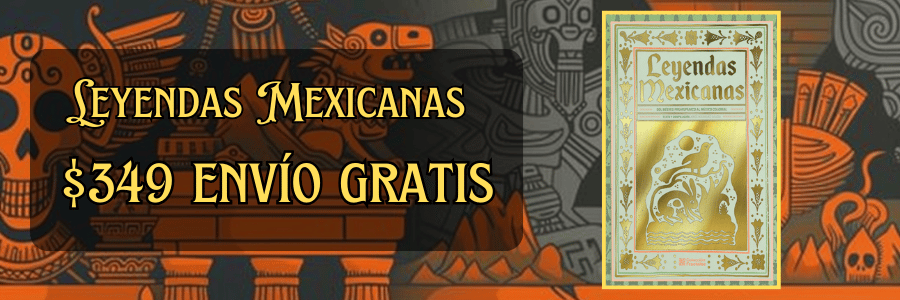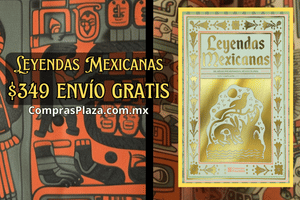The Influence of Mexican Artists in the Chicano Art Movement
The influence of Mexican artists in the Chicano Art Movement is a rich subject that weaves together threads of history, identity, and culture, illustrating the dialogue between past and present that characterizes the artistic expression of a community. Originating in the 1960s in the United States, particularly in the Southwest, the Chicano Art Movement arose from a confluence of socio-political activism and a desire for cultural recognition. This movement is characterized by its uniquely Mexican American identity, in which the contributions from Mexican artists played a pivotal role in shaping its vision, styles, and messages.
The Chicano Art Movement emerged as a response to the conditions faced by Mexican Americans, a community that experienced systemic discrimination and struggled for civil rights. Social unrest during the 1960s, particularly surrounding the civil rights movement, provided fertile ground for artists to articulate their lived experiences through their works. Artists sought not only to address issues of race and identity but also to assert their cultural roots derived from Mexican heritage. It became a platform for self-expression and a way to reclaim and affirm a cultural identity that had often been marginalized.
Mexican artists who had already made a name for themselves, such as Diego Rivera, Frida Kahlo, and David Alfaro Siqueiros, profoundly influenced Chicano artists. Their emphasis on muralism, social commentary, and incorporating indigenous and folk art elements set a paradigm that Chicano artists would embrace and adapt. Rivera’s grand-scale murals, rich with symbolism and social messages, showcased the power of public art as a means of communication and activism. His themes of class struggle and indigenous heritage served as an inspiration for emerging Chicano artists who wished to comment on their own struggles for equality and recognition.
Kahlo, while primarily known for her introspective and personal works, also infused her paintings with Mexican culture and indigenous identity, establishing a sense of belonging and pride. Her exploration of identity resonates with contemporary Chicano artists who seek to portray the complexities of their own experiences in a society that often both idealizes and vilifies their cultural backgrounds. Meanwhile, Siqueiros’ techniques, including his use of industrial materials and social realism, provided a toolbox from which Chicano muralists could draw inspiration to create socially engaged artworks.
A significant characteristic of the Chicano Art Movement is its dedication to public art and muralism. This emphasis connects back to the mural traditions in Mexico, which sought to depict the struggles and triumphs of the people within a communal space. Chicano artists used murals to communicate ideas about ethnicity, history, and social injustices directly to the community. Figures like Judith Baca, who worked on the Great Wall of Los Angeles, exemplify this ethos. Baca's murals reflect the struggles of the Chicano community while also celebrating its culture, emphasizing the role of shared spaces in fostering dialogue and community engagement.
The thematic content of Chicano art also showcases the profound influence of Mexican artists, incorporating elements of folklore, religion, and indigenous mythology. Artists like Carlos Almaraz and Elsa Flores carried forward the tradition of incorporating these themes, taking inspiration from pre-Hispanic art forms and iconography. The blending of cultural motifs creates a rich tapestry that narrates the history of oppression, resilience, and the blending of Mexican and American identities. This synthesis promotes a celebration of hybrid identity, a cornerstone of the Chicano experience.
Moreover, the presence of the Mexican cultura, through its vibrant colors, symbols, and imagery, is a hallmark of Chicano art. Traditional Mexican styles, such as retablos, which are paintings on metal, and papel picado, intricate paper-cut designs, have been revived and transformed by Chicano artists. The celebration of these art forms not only acknowledges their Mexican roots but also explores the complexities of belonging to dual cultures. Artists like Jorge Gutierrez and Carmen Lomas Garza intertwine traditional techniques with contemporary themes to express a cross-cultural experience.
The Chicano Art Movement has also highlighted issues of gender, aiming to elevate the visibility of women within both the art world and the broader cultural landscape. Mexican women artists like Kahlo profoundly influenced Chicana artists who explored themes of gender and identity. Artists such as Amalia Mesa-Bains have examined the intersectionality of race, gender, and class, exploring how these identities shape experiences of marginalization and empowerment. These artists are not only influenced by their Mexican heritage but actively engage with the historical context that shaped the roles of women within both Mexican and American societies.
In terms of its institutional recognition, the influence of Mexican artists in the Chicano Art Movement has prompted significant advancements in how institutions perceive and present this artwork. The establishment of prominent exhibitions, such as “Chicano Art: Resistance and Affirmation” in 1990, showcased the impact of Mexican artists while highlighting the distinct contributions of Chicano artists. These exhibitions reaffirmed the significance of cultural expression rooted in history, identity, and social consciousness, advocating for the inclusion of Chicano art within mainstream art institutions.
As the Chicano Art Movement continues to evolve, its influence is felt far beyond the borders of the United States. Mexican artists are increasingly embraced as integral voices in the broader context of Latin American contemporary art. Events like the Havana Biennial and other international exhibitions showcase not only the works of Mexican artists but also Chicano artists, promoting a cross-cultural dialogue that enhances the understanding of identity within a global framework. This recognition emphasizes the fluidity of cultural narratives and embraces the interconnections between distinct yet overlapping histories.
The discourse surrounding the Chicano Art Movement reflects a broader conversation about the role of marginalized communities in shaping art. The movement has become a powerful means of resistance, recasting narratives from the margins into a platform for empowerment. Mexican artists standing alongside their Chicano counterparts express solidarity, ensuring that their shared histories are seen, acknowledged, and celebrated. The collaborative spirit of the movement underpins the importance of art as a vehicle for social change.
Furthermore, the Chicano Art Movement challenges the notion of singular identity and celebrates pluralism. It underscores how diverse experiences within the Mexican American community can coalesce to form a robust artistic identity while still retaining connections to their Mexican roots. As cultural conversations become increasingly complex in an ever-globalized world, the intersection of Mexican influence and Chicano identity will play a crucial role in shaping the future trajectory of this artistic expression.
In summation, the influence of Mexican artists in the Chicano Art Movement is a testament to the cultural amalgamation that characterizes this rich tapestry of artistic expression. From the muralists to the contemporary artists of today, the legacies of their Mexican predecessors continue to inspire and challenge the narratives they present. This movement not only captures the struggles of a community but also celebrates its resilience and richness. As art serves as a powerful tool to navigate issues of identity, history, and belonging, the contributions of Mexican artists remind us of the continuing significance of cultural roots in defining and exploring new artistic horizons. The Chicano Art Movement remains a dynamic and evolving dialogue, drawing on the past while looking towards a future that honors the pluralistic nature of identity.
Explore More:
| How the Mexican Revolution Changed the Role of the Catholic Church |
| Education and Schools in Colonial Mexico |
| Women’s Rights in Mexico: Progress and Struggles After the Revolution |
| How the French Invasion of Mexico Impacted the Mexican Monarchy |
| The Artistic Legacy of Mexico’s Colonial Period: From Paintings to Sculpture |
| The Role of Oil in the Development of Alternative Fuels |
| How Mexican Artists Are Reimagining Their Cultural Roots |
| The Artistic Expression of Mexico’s Indigenous Communities |
| The Role of the Chichimeca in the Silver Mining Boom of Zacatecas |
| The Diplomacy of the French Intervention: Letters and Treaties |



